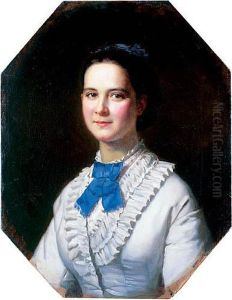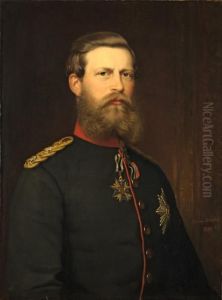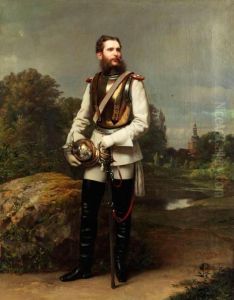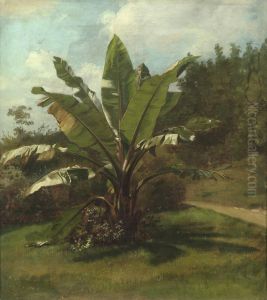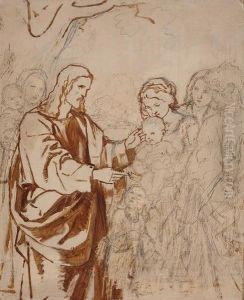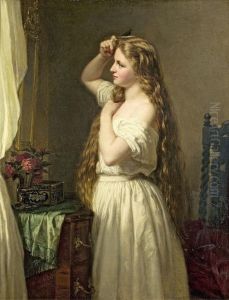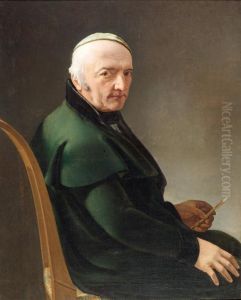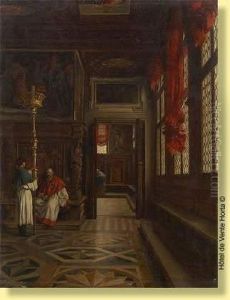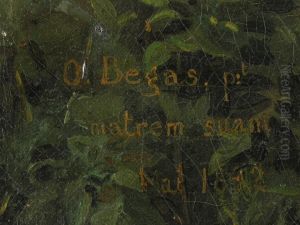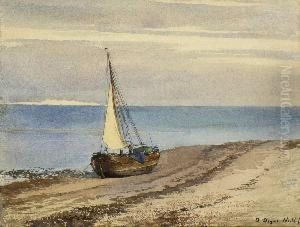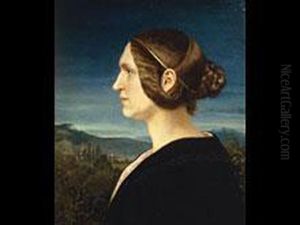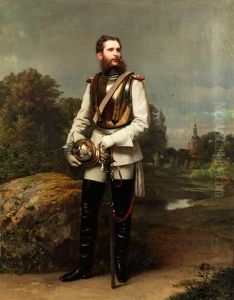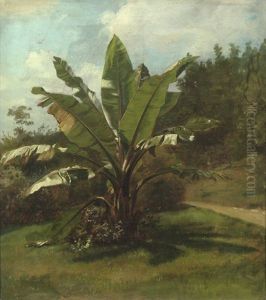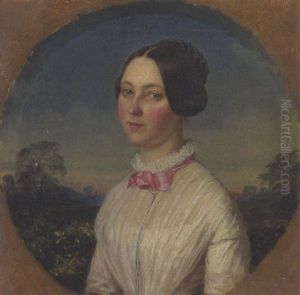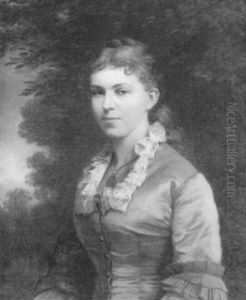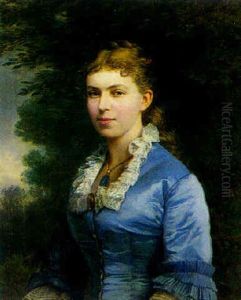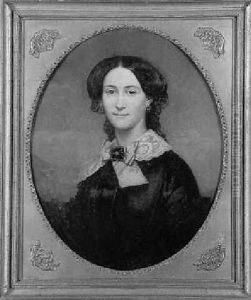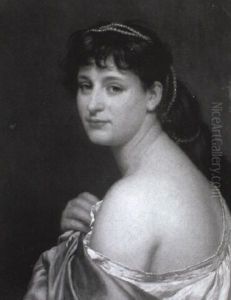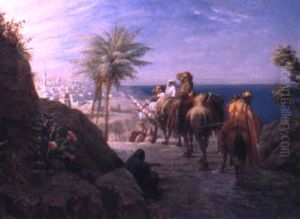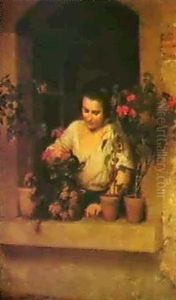Oskar Begas Paintings
Oskar Begas was a prominent German portrait and history painter during the 19th century. Born on July 31, 1828, in Berlin, he was the son of the painter Carl Joseph Begas, who played an instrumental role in Oskar's artistic education. Oskar was part of a family of artists, with several of his brothers also pursuing careers in painting.
From a young age, Oskar displayed a natural aptitude for art, which was nurtured by his father. He furthered his education at the Prussian Academy of Arts, where he honed his skills and was influenced by the academic art traditions of the time. His early works were primarily historical paintings, but he later became renowned for his portraits.
In the 1850s, Begas traveled to Paris and Italy, where he was exposed to the works of the old masters, as well as the contemporary art movements. This exposure widened his artistic perspectives and influenced his subsequent works. Upon his return to Germany, he became a sought-after portraitist, capturing the likenesses of notable figures of his time, including members of the Prussian royal family.
Begas was appointed as a professor at the Prussian Academy of Arts, where he taught and influenced a new generation of artists. His style was characterized by a meticulous attention to detail and a keen ability to capture the personality and essence of his subjects. He also produced a number of historical paintings, which reflected his interest in German history and nationalism.
Oskar Begas's artistry was marked by the transitions occurring in German art during the 19th century, as he bridged the gap between traditional academic art and the emerging styles that would come to define the modern era. His contributions to German portraiture and history painting were significant, and he remained an influential figure in the art community until his death on November 10, 1883, in Berlin. Although not as widely known today, his works continue to be appreciated for their historical value and technical skill.
